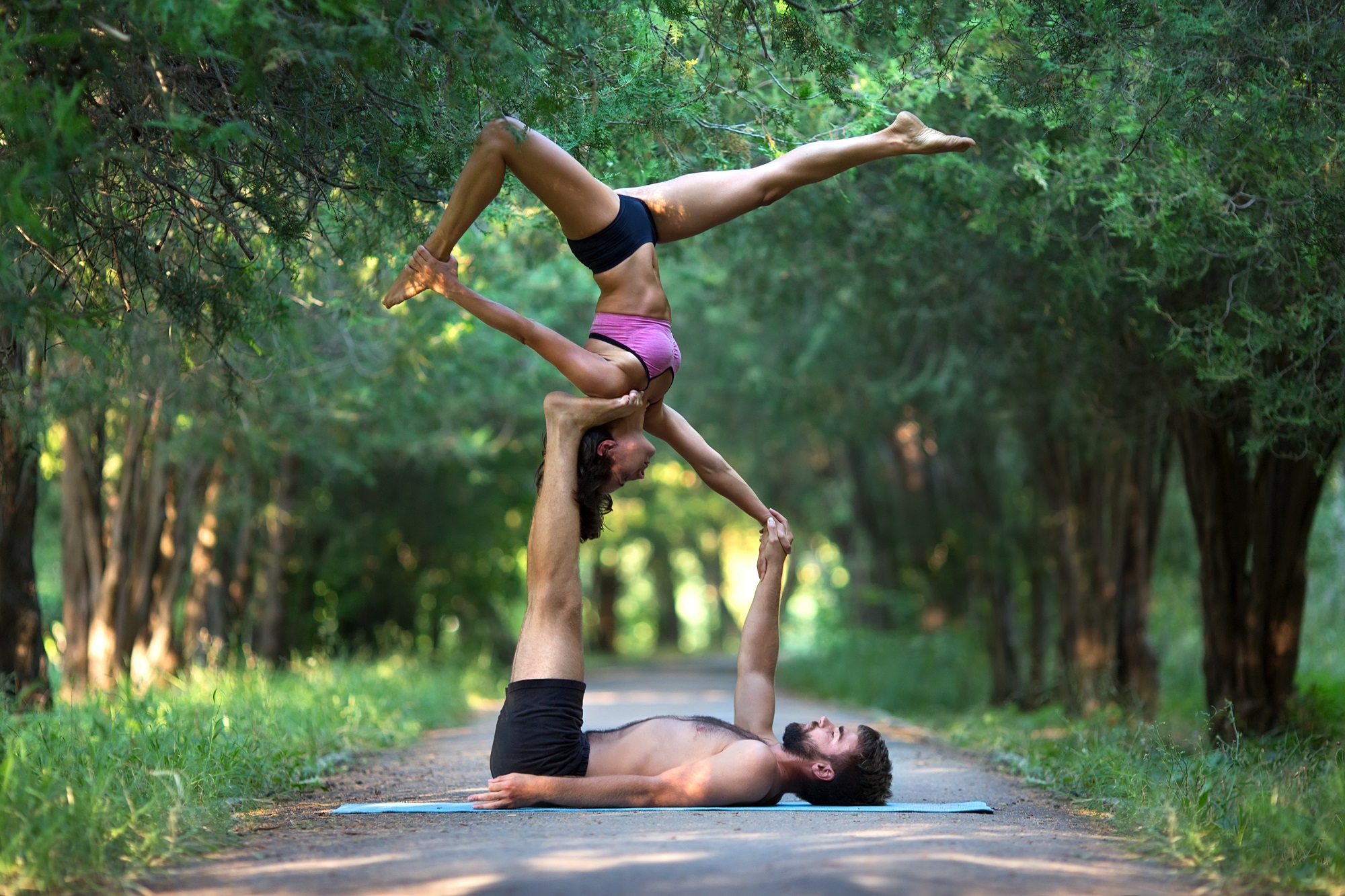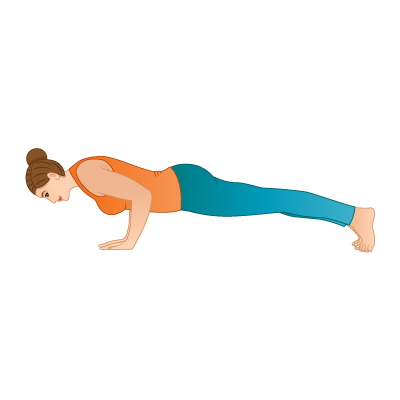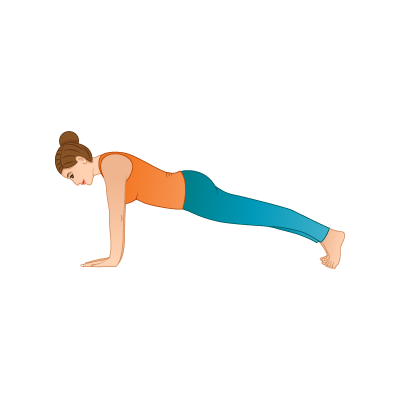Guide to Teaching Partner Yoga
February 14, 2017 | 7 min read
The word Yoga, in Sanskrit, yuj, literally means union, the joining together of mind, body and spirit. Teachers of partner yoga take that idea a step further, believing that yogis who practice together stay together, making deeper connections and better relationships. For them teaching yoga in pairs, for couples or to mixed group students fosters healthy relationships as participants learn to be more open, present and in-tune with each other’s bodies.
Ask Before Adjusting
There are many different approaches to partner yoga. Most teachers of all level classes will weave a workshop style segment into their weekly classes. To include partner yoga instruction, you can teach students simple assist techniques, or show them how to adjust each other. Double yoga poses are another fun option, twining students in mirror poses such as boat pose with foot soles pressed together and holding hands or in pose/counter poses, bridge supported by. Acro-yoga is even bolder, with Yogi A in leg-raised pose, the foot soles supporting the Yogi B in the flight or partner assists such as using the thighs in chair pose to support the shoulders of your partner in handstand.
Do you need to do a specialised TT course to teach partner yoga?
Partner Yoga teachers do not require a special qualification. It is best practice however to complete a 200/300 or 500 hour RYT in the style of yoga that you intend to teach. Many RYT 200 training packages include elective options of two one-day trainings or one two-day training in specialism yoga such as partner, kids or seniors. Acro and Ariel Yoga, require advanced speciality certifications, workshops and continuing training.
How to market partner yoga in a studio
If you are looking to create and sell a course for partner yoga, you need to think about WHO WHAT WHERE and WHEN. A day of yoga, wine and chocolate on Valentine’s Day, for example is perfect for couples, but not necessarily appropriate for your regular weekday class. Imagine turning up to your Wednesday night yoga and finding yourself paired with someone whose ideas about connecting with yoga are a little different to yours. To market your partner yoga effectively, be clear about what type of yoga is being offered and who might benefit from such a class
Is it appropriate to use themes, music or props?
Absolutely! Partner Yoga is becoming a popular alternative activity for wedding showers, baby showers and wedding rehearsal events. So you might think about offering elite customized packages for private clients, hosting a taster night for couple’s yoga or coming up with a package for friend’s nights. Imagine playing a game of twister yoga or putting on a weekend of “disco yoga for dancers”. For these themes think yoga party with kale and lemonade cocktails and pose-off contests. The sky is the limit.
Whatever you plan, find out what your audience needs and expects from a partner yoga class; then ramp it up a little and offer them something special.
Where do I begin when planning for a partner yoga class?
Begin with a short dharma talk that explains the concepts behind partner yoga. Explain the purpose of the class: to attune to the self and re-connect with others. Ask your yogis to sit on their mats back to back for opening chants and 5 minutes of yoga breathing practice. This brief exercise will help your students to relax and connect with the partner; synchronizing the breath and getting comfortable with being in an intimate space.
It’s a good idea to teach partner yoga with a fellow yogi. That way you can demonstrate poses safely and model best practice for non-sexual touching and adjusting. Whenever I am teaching partner yoga I am reminded of the many comic scenes in “Forgetting Sarah Marshall” that demonstrate bad yoga practice.
A partner yoga class should always include warm-up poses followed by a sequence of 6-8 different poses, that build to a peak pose and include cool down poses, an inversion and of course Savanasa. Plan in advance to make modifications, variations for more advanced yogis and set-up times. Don’t be tempted to rush through too many poses to impress. Let your students enjoy the poses, experimenting with different modifications and variations. If your students are not couples, then you might change pairing two or three times during the class. There will be plenty of laughter and chatter, so be prepared for a noisy but fun class.
Which poses best suit partner yoga?
Partner yoga is amazingly creative. Almost any Yoga Asana can be pose can be adapted into a double yoga or couples pose. The key is to build in levels of flexibility and ability into your sequence. Below are some ideas:
This starter pose for two brings together easy pose (sukanasana) and 1/2 boat (navasana). Begin with Partner A in easy pose and Partner B seated just behind (½ a leg’s length away) in bent knee boat. Partner A externally rotates the shoulders, releasing the arms and bringing them behind the back. Partner B brings their feet to the A’s middle back muscles just below the shoulders – on either side of the spine. B holds A’s hands or arm (hand-to-wrist- hold may also be used). On the inhale, A lifts the sternum as B gently pulls the arms back and pressing the chest forward with their feet.
The blending of bow (dhanurasana ) with chair pose (utkatasana) in this posture can be modified to suit the age and size of participants. Begin with Partner A (person of larger or equal weight) on the belly with knees bent and soles of the feet facing up. Partner B places one foot on either side of A’s hips, and coming into chair pose with their seat on A’s upturned feet. To complete the pose, A releases the arms back to hold the fronts of the ankles. B places their hands under the armpit of A, gently lifting the chest and torso upwards. If A cannot reach the ankles easily, then B uses a hand to wrist grab, gently lifting A into the bow position.
This is a partner pose combining child pose (balasana) with fish pose(matsyasana). Begin with Partner A in child pose (with knees together supporting the back) and Partner B in a squat (A& B are tail to tail) or table top position (directly above A). Partner B then places their tail bone on top of A’s, before lowering into a supported backbend. To complete the pose, B extends into fish pose with the arms over the head and legs extended. Relax the whole body and breath (naturally in child and more deeply in fish for 5-10 rounds of inhales and exhales).
Finally, one last tip for whichever approach or theme you choose; keep it dynamic. The partner yoga classes I have participated in as student or teacher were interactive, fun and creative. Try doubling up yoga teachers for a once a week class or series to bring some extra energy into the room. Or add a special finale pose on Valentine’s Day to get things started. Aching heart pose is intermediate level standing pose which is a dramatic if back lit and exciting because you need to have complete trust in your partner.
Aching Heart Pose: Stand back to back, heel-to-heel. Holding hands, lean forward from the hips and away from each other. Arch into a standing backbend , bringing crowns of the head. This double yoga pose makes the shape of a heart!
Looking for more inspiration for your next yoga class? YogaClassPlan sequence builder gives you access to 7000+ shared class plans in your hands. You can create your own completely new class sequences by choosing from 500+ pose illustrations. Simply drag and drop poses to create your routine, add class plan details such as duration and level, and share the class plan with your students. Sign-up for a 15-day YogaClassPlan free trial today.
Brenda Hamlet is a RYT 200 yoga teacher and journalist. More information about Brenda can be found at https://www.facebook.com/brendahamletyoga
Posted in Teaching Resources




